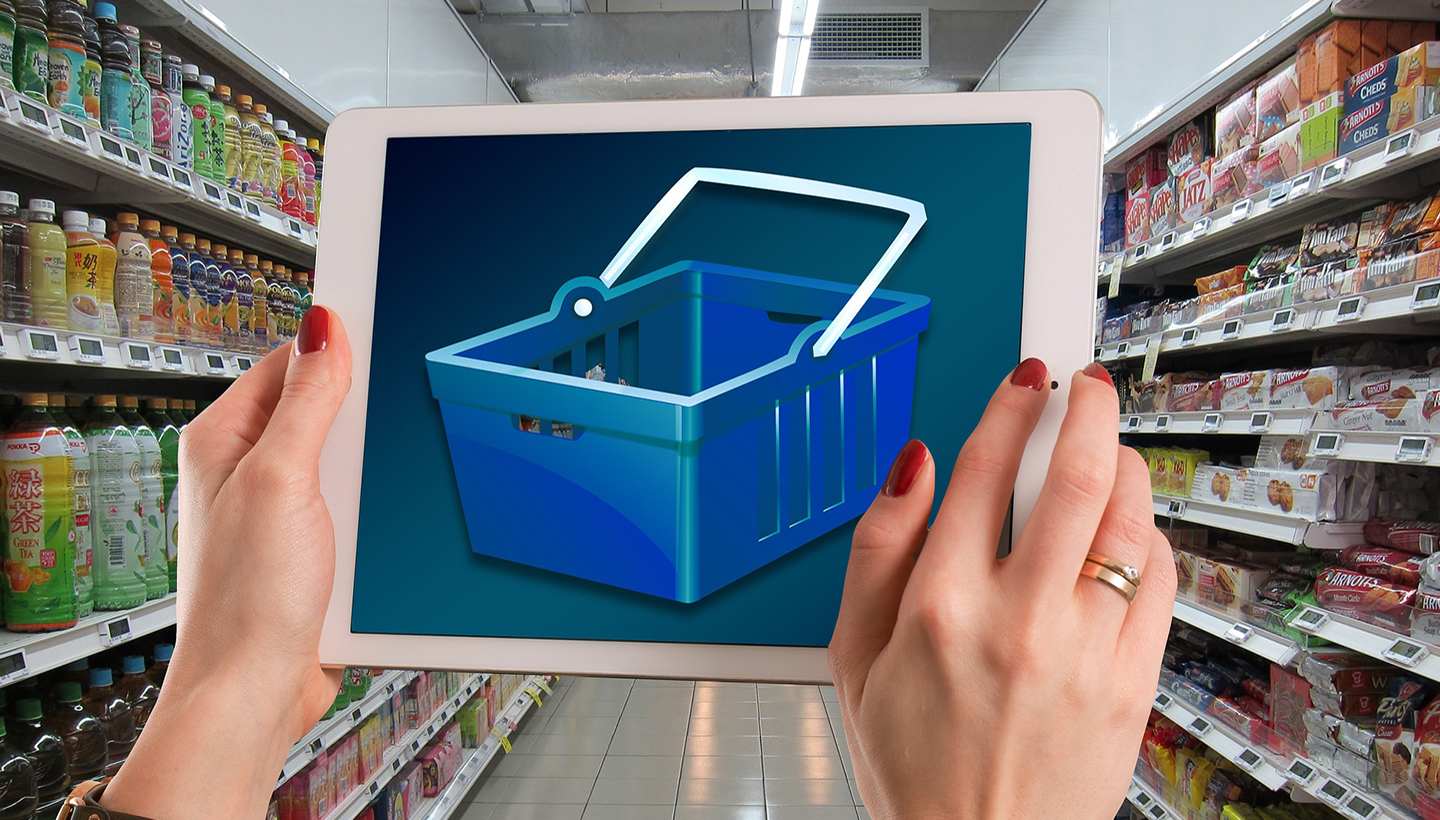Link building in e-commerce is as important as linking is for websites. Internal as well as external links are important aspects for SEO.
The importance of links starts with navigation and thus usability for your visitors. In this post we will try to explain Internal Linking clearly.
What are internal links?
But why is link building so important in e-commerce?
E-commerce website usually consist of category pages, product pages as well as information pages. This way a visitor can find the way to his destination exactly where he wants to go without having to search for a long time, because he would not do that. The competition may have exactly the same offer and for the visitor may also find the same. The search engine also honors good, meaningful linking here.
Good internal linking can lead to more sales as products or even offers are highlighted more. Attention is drawn to the offer.
What is the difference between internal links in navigation and links in content?
Internal linking within content includes links within the content of a complete web page. Usually, this links to a blog post or important further information on the website.
Internal links in the navigation means that you will be directed to the right areas by the menu navigation incl dropdown or mega menu. This should be well thought out from the start.
Cross-page navigation
If the navigation goes through all subpages, the search engine knows that this is important. But make sure that just the menu is not crowded and has a good structure. A prime example of a good linking strategy.



The integration of content in the respective navigation can strongly contribute to more results such as e.g. sales are achieved. If you will, the visitor’s problem solution lies in the particular category.
They bring the visitor into the funnel, especially for products that have a longer sales cycle. You can link directly to the category in which the content/product is located in the navigation bar.
There is a connection between the respective link and the benefit. If there is no linking, you are giving away a lot of potential for your success.
Supporting internal linking
Meaningful internal links in e-commerce are connections between different pages that allow the user to navigate through the store easily and intuitively.
These links are especially important to help users find and buy relevant products. Here are some examples of useful internal linking in e-commerce:
1. link to product categories: This link should be placed in an area where it can be easily found, e.g. in the main menu. It allows users to quickly access a list of categories to browse.
2. link to similar products: This link should be placed next to each product to allow users to find other similar products.
3. link to specific product pages: This link should be placed in an area where it can be easily found, such as the main menu. It allows users to quickly access a list of products to browse.
4. link to guides or other helpful content: This link should be placed in an area where it can be easily found, such as the footer. It allows users to quickly access helpful information to help them make purchasing decisions.
Breadcrumb Navigation
HTML breadcrumbs are usually displayed at the top of category pages and product pages. They show the path the visitor has taken to get to the page he is currently on.
A breadcrumb makes navigation easier for the visitor because he can switch to the main category at any time.
Also, a simplified crawlability is created and search engines find their way around more easily and can also find orphaned pages. A search engine recognizes the structure of the website much easier which can increase the ranking of your webshop.
HTML Sitemap
Opportunities for supporting content and links for web stores
Usually every store system has the possibility to add category text. These appear either above or below the product overview. Content can be placed here and also links to other categories or also information related to the respective category. Linking to blog articles is also possible here. What is important, as with all linking, is value and meaningful links.
Another option for internal linking for stores are those of related products. For visitors the opportunity to discover other interesting products. At the same time a good strategy to build internal links.
These may be as follows:
– Others have also seen this product
– Others have also bought this product
– This fits well
– Customers also bought
– You might also like
– etc.
Other options include product attributes, reviews, testimonials and FAQs.
There are a number of very informative articles on the subject of internal links. One of them is the Semrush.
If you follow these tips you can assume that your web store is easy to navigate for the user and also optimized for the search engine.



